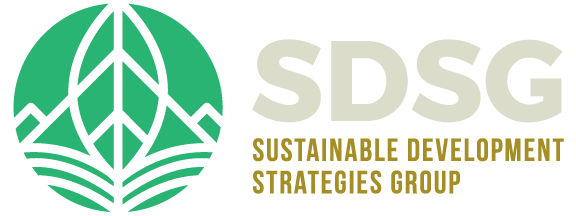Introduction to Sustainable Development
The most well known and widely recognized definition of sustainable development is the 1987 statement by the “Bruntland Commission,” formally the World Commission on Environment and Development (WCED), known by the name of its Chair Gro Harlem Brundtland in its report, Our Common Future:
Sustainable development is development that meets the needs of the present without compromising the ability of future generations to meet their own needs. It contains within it two key concepts:
The concept of ‘needs’, in particular the essential needs of the world’s poor, to which overriding priority should be given; and
The idea of limitations imposed by the state of technology and social organization on the environment’s ability to meet present and future needs.
Likewise, British Environmentalist, Jonathon Porritt defines sustainable development as:
The only intellectually coherent, sufficiently inclusive, potentially mind-changing concept that gets even half-way close to capturing the true nature and urgency of the challenge that now confronts the world. There really is no alternative.

